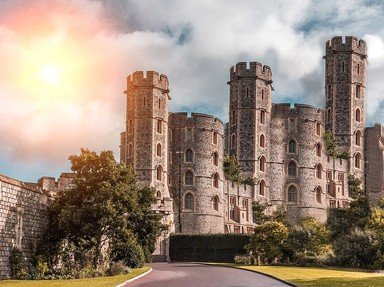Quiz Answer Key and Fun Facts
1. In which city is the Winter Palace of Russia located?
2. The Winter Palace was not built on an especially great site. Which feature made the site a poor location?
3. The Winter Palace of Russia was rebuilt several times. The one that exists today is considered to be the fourth Winter Palace.
4. In which of the following styles of architecture was the first Winter Palace of Russia originally built?
5. One of the only remaining mostly original features of the rococo interior of the Winter Palace of Russia is its main staircase. What is the name of this staircase, which was the focal point of an annual religious tradition?
6. The Great Throne Room in the Winter Palace of Russia is also called St. George's Hall. What historic event took place there in 1906?
7. In 1837 the interior of the Winter Palace of Russia was almost totally destroyed by fire. Which of the following statements is true?
8. During which of the following conflicts was the Winter Palace used as a hospital?
9. Czar Nicholas II and his family were assassinated at the Winter Palace.
10. Today the Winter Palace of Russia is part of which complex?
Source: Author
ponycargirl
This quiz was reviewed by FunTrivia editor
stedman before going online.
Any errors found in FunTrivia content are routinely corrected through our feedback system.
